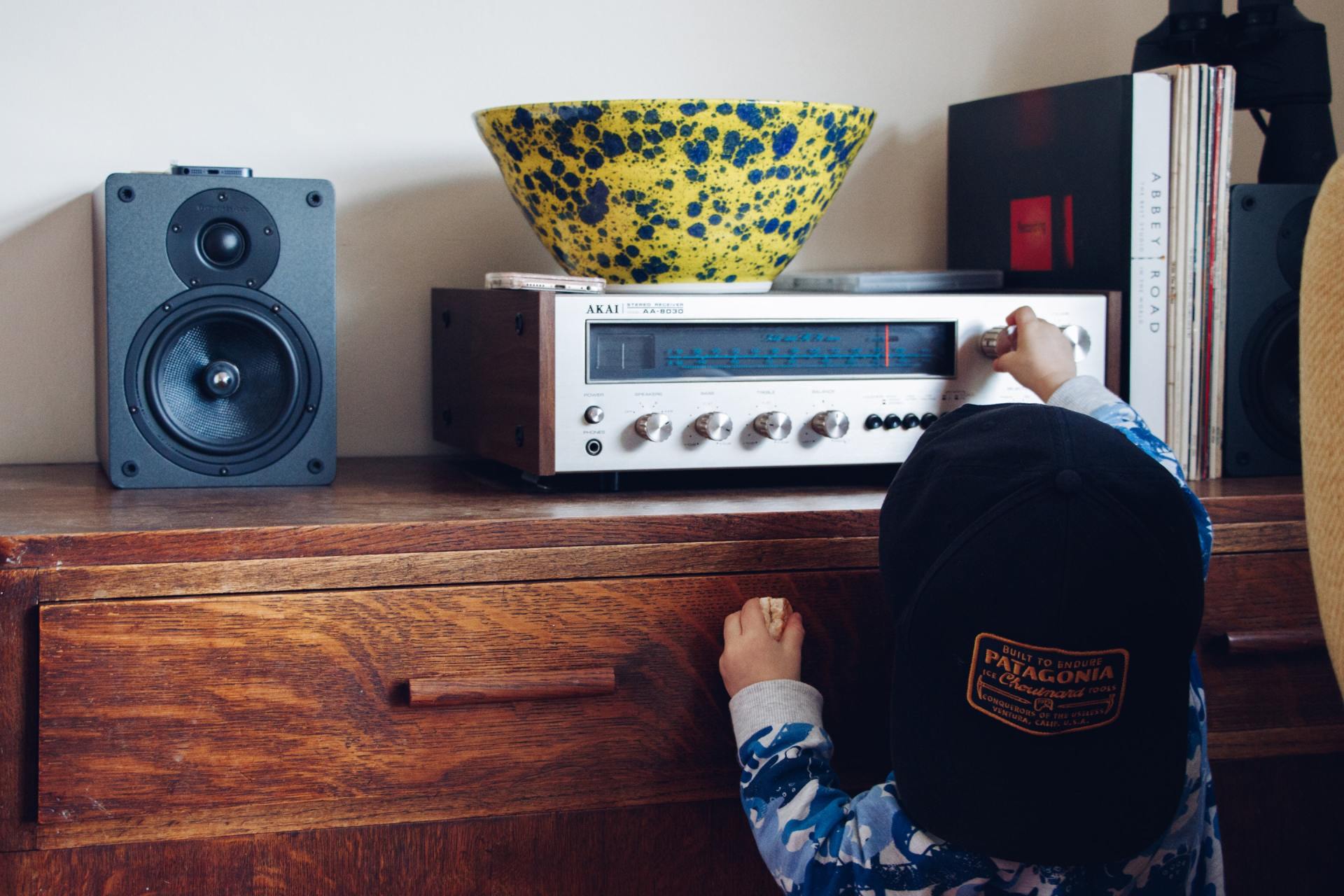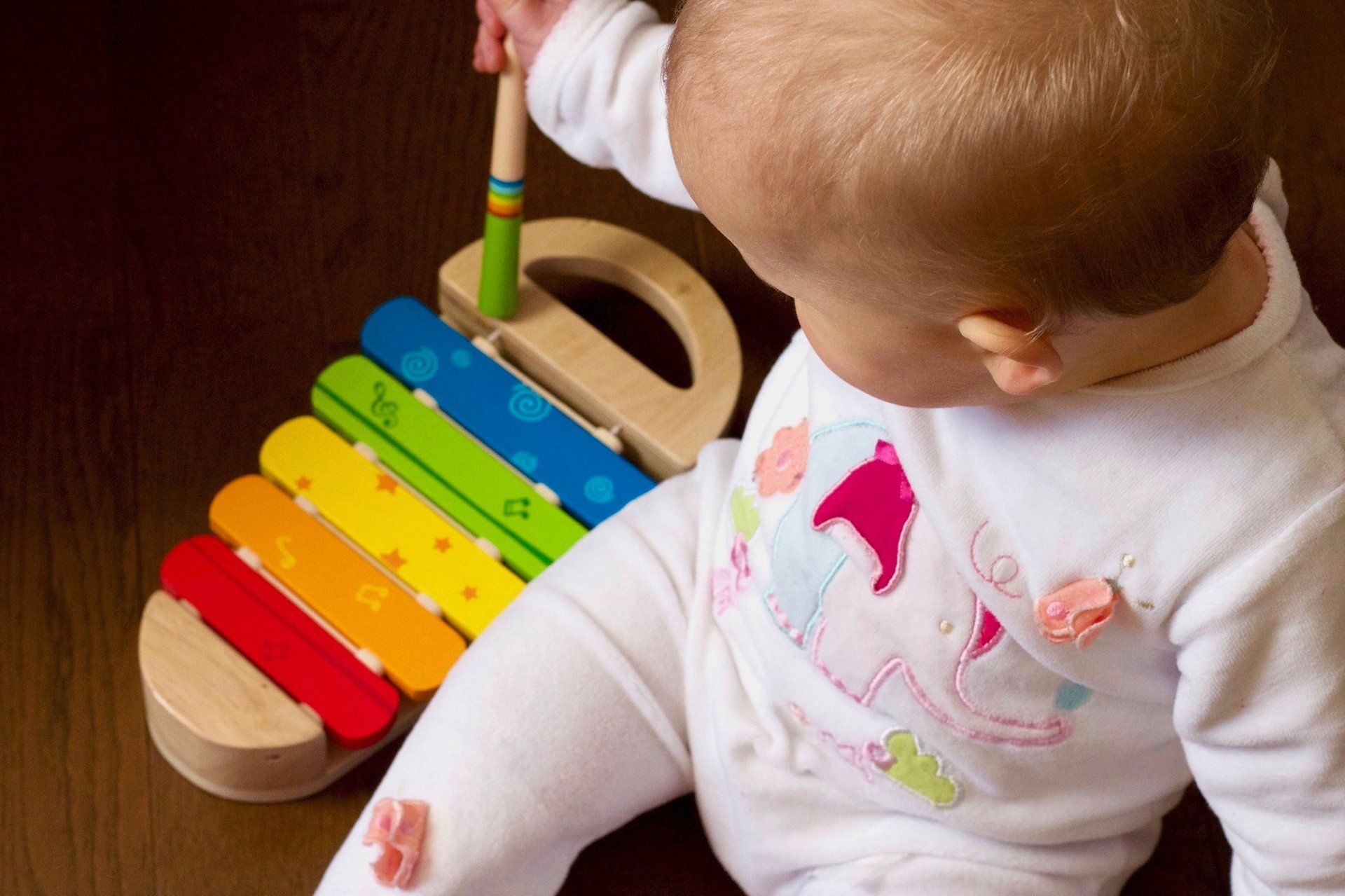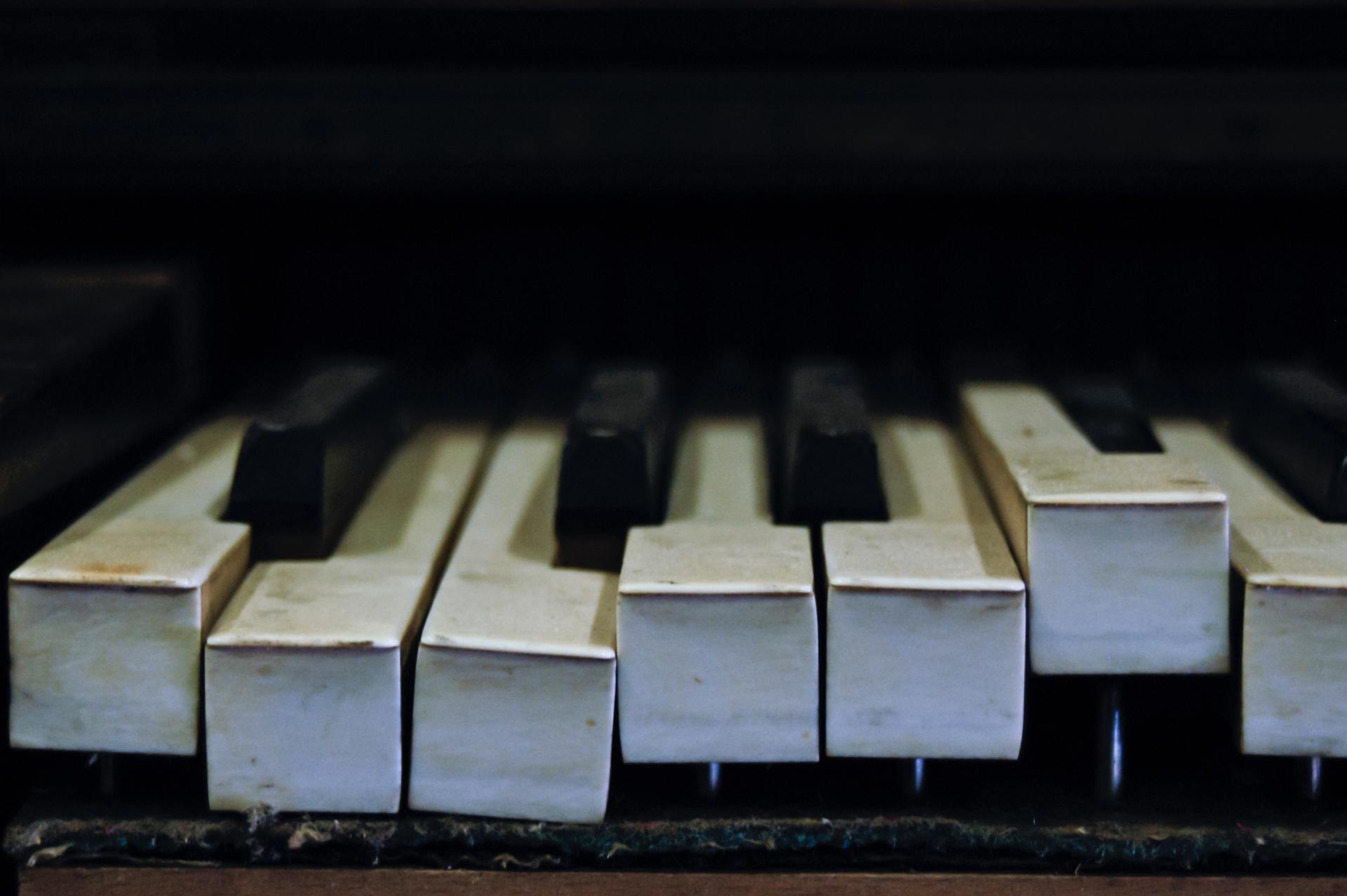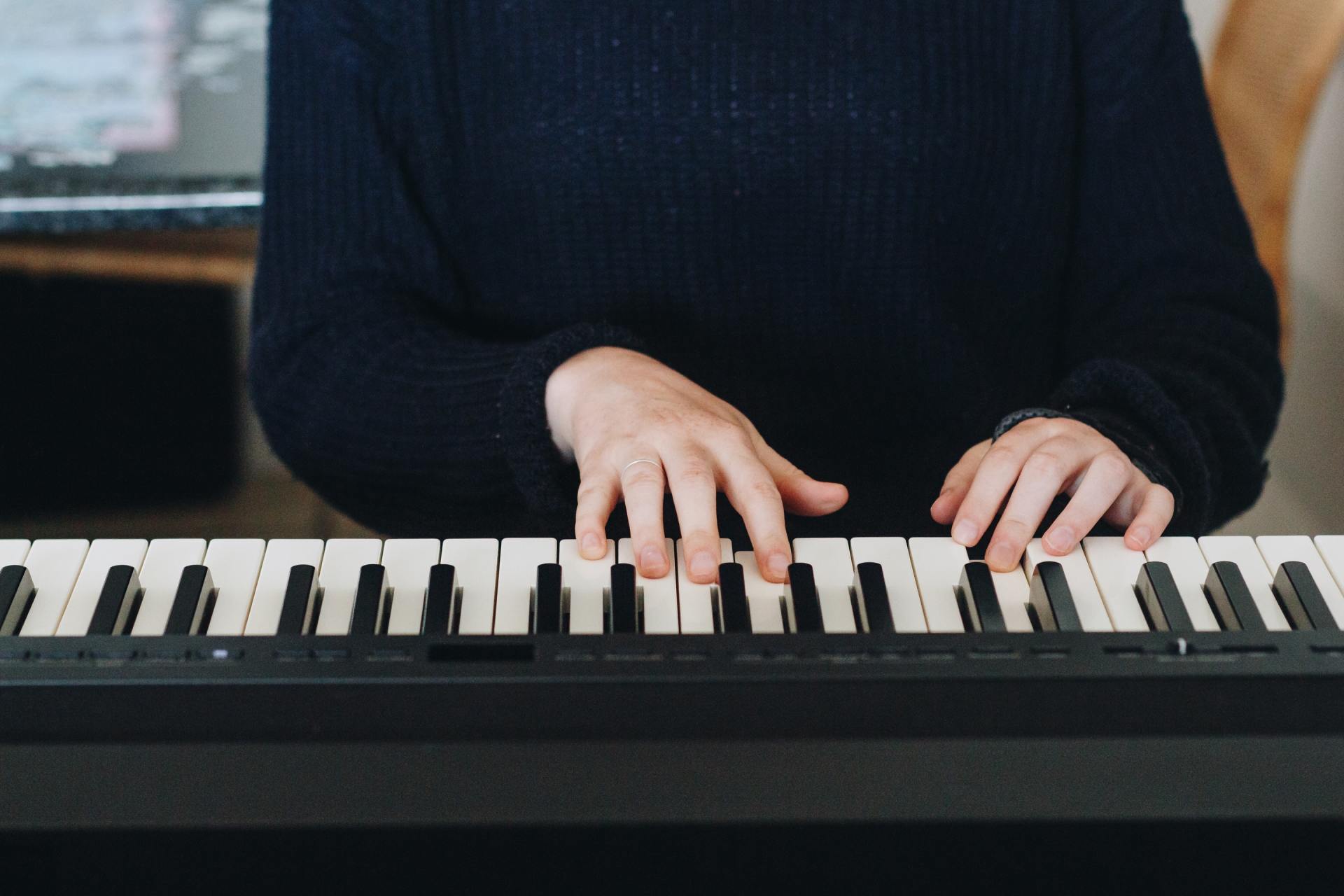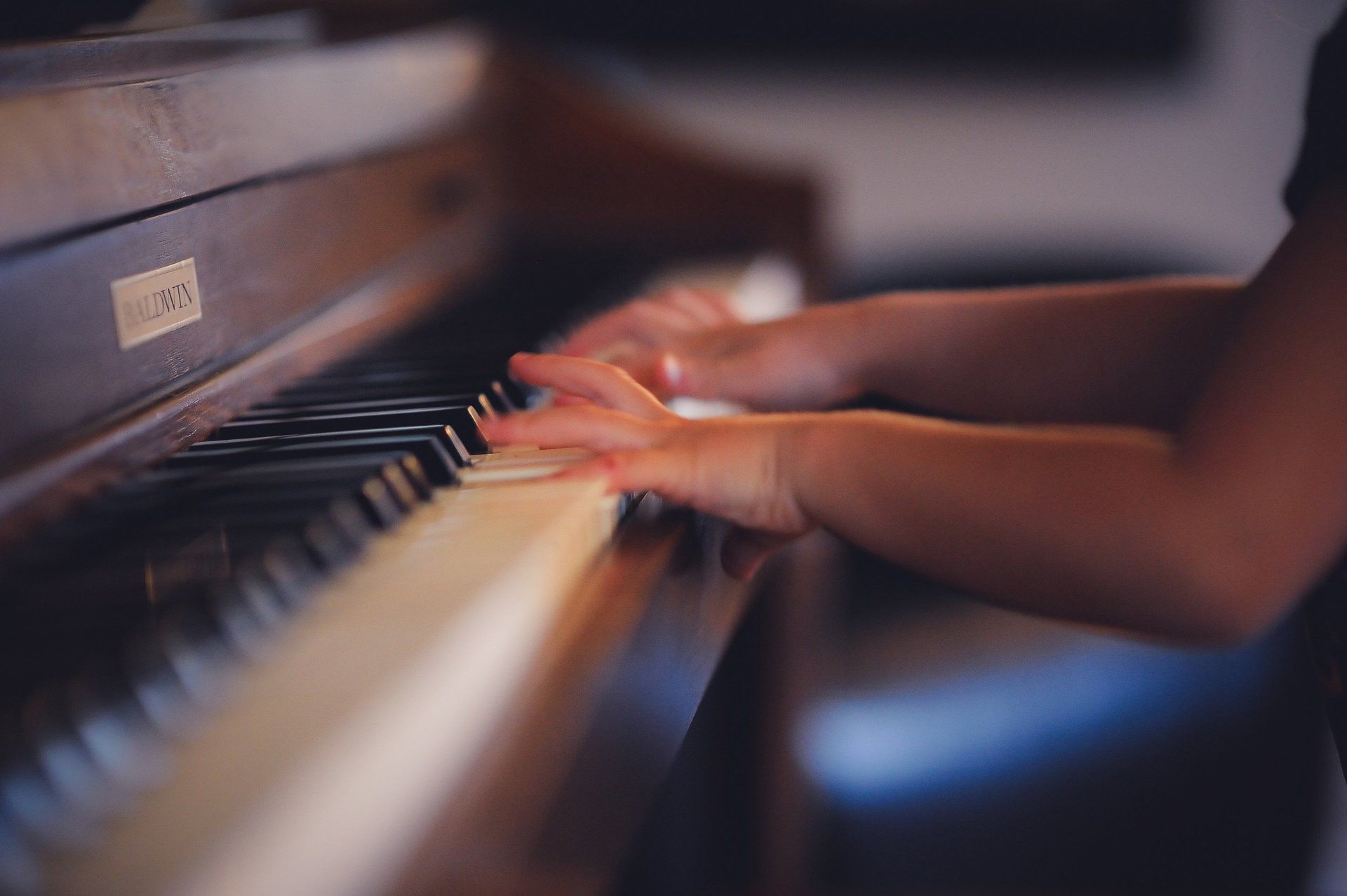A Brief History of Pump Organs
Piano & Organ Repair Staff • March 14, 2020
Pump Organs are Interesting Musical Instruments
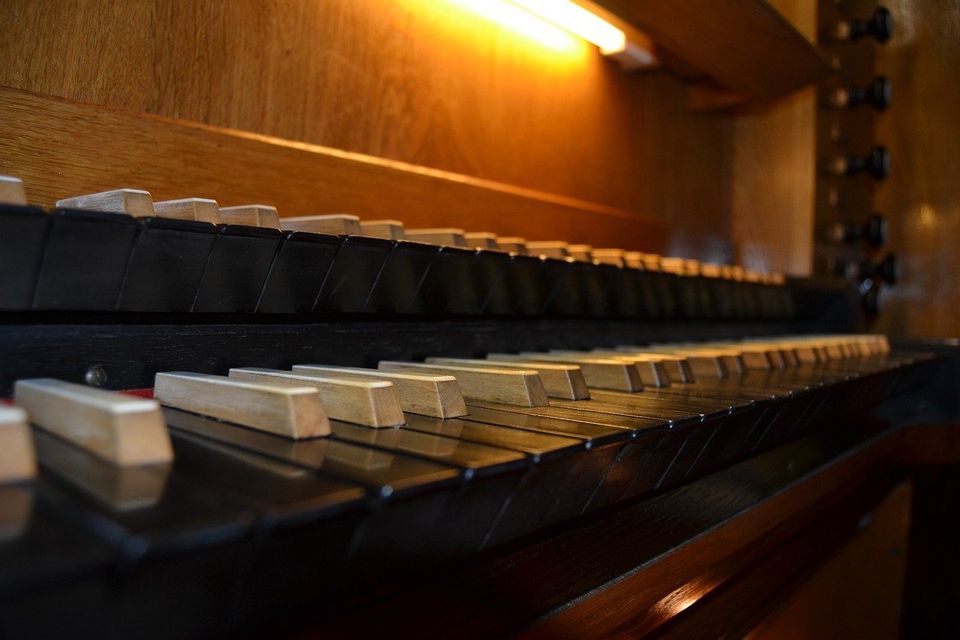
Human beings have always been interested in creating a culture wherever they ended up settling, and we see that this isn’t limited to a particular region or part of the world. Of course, they came up with their own instruments and unique instruments, as well. Many people might not be familiar with the pump organ, but it has quite a rich history that can’t be denied.
One of the reasons that pump organs gained popularity centuries ago is because they were often times more portable than pipe organs. It became a staple of many affluent homes, and some churches ended up adopting pump organs rather than pipe organs, as well. A pump organ is also called a “harmonium.”
About The Pump Organ
The pump organ ended up being replaced by the electric organ, but it had several decades of popularity. You can still find it being used by certain musicians, but you are not as likely to hear a harmonium in modern times. However, it is still used in Indian music and Pakistani music.
The pump organ works by pushing air past a piece of thin metal (called a “reed”). It should be noted that while a pump organ can sound incredible, it is somewhat limited in tone. The pump organ was most popular between 1850 and 1930. You can hear the pump organ in the work of many classic artists, from Debussy, to Bach, to Franz Liszt.
Height Of Pump Organ Popularity
Mark Twain is one of the most revered writers in history, and his writing alludes to pump organs several times. This is because the pump organ was extremely popular around the early 1900s, because of its increased portability. Many churches found pump organs more convenient than pipe organs.
The first individual to invent a reed-free organ was Christian Gottlieb Kratzenstein, who was not only an inventor. He was a doctor, physicist, and engineer, as well. In fact, Kratzenstein is most remembered for his contributions to the role of electricity in medicine. He also wrote the first experimental physics textbook for Denmark-Norway uin
The pump organ was eventually replaced by the electric organ in the 1930s, and that essentially affected the pump organ’s popularity ever since. The pump organ is still widely used in Indian music, interestingly enough. It is incorporated in many Hindu and Sikh songs, in particular. There were even several decades where the instrument was banned from All India Radio. All India Radio is the largest public radio network in the world, and reaches 92% of India.
Pump Organs In Pop Culture
Some of the most famous musicians in the world are famous for incorporating different instruments and styles into their music. The Beatles have used a pump organ in their music, as proven by songs such as “We Can Work It Out.”
Nico, a famous singer in Germany, worked with the pump organ for her entire career. Nico was not just a singer, either. She was also an activist, model, songwriter, and more. She toured the world extensively in the 1980s before passing away in 1988.
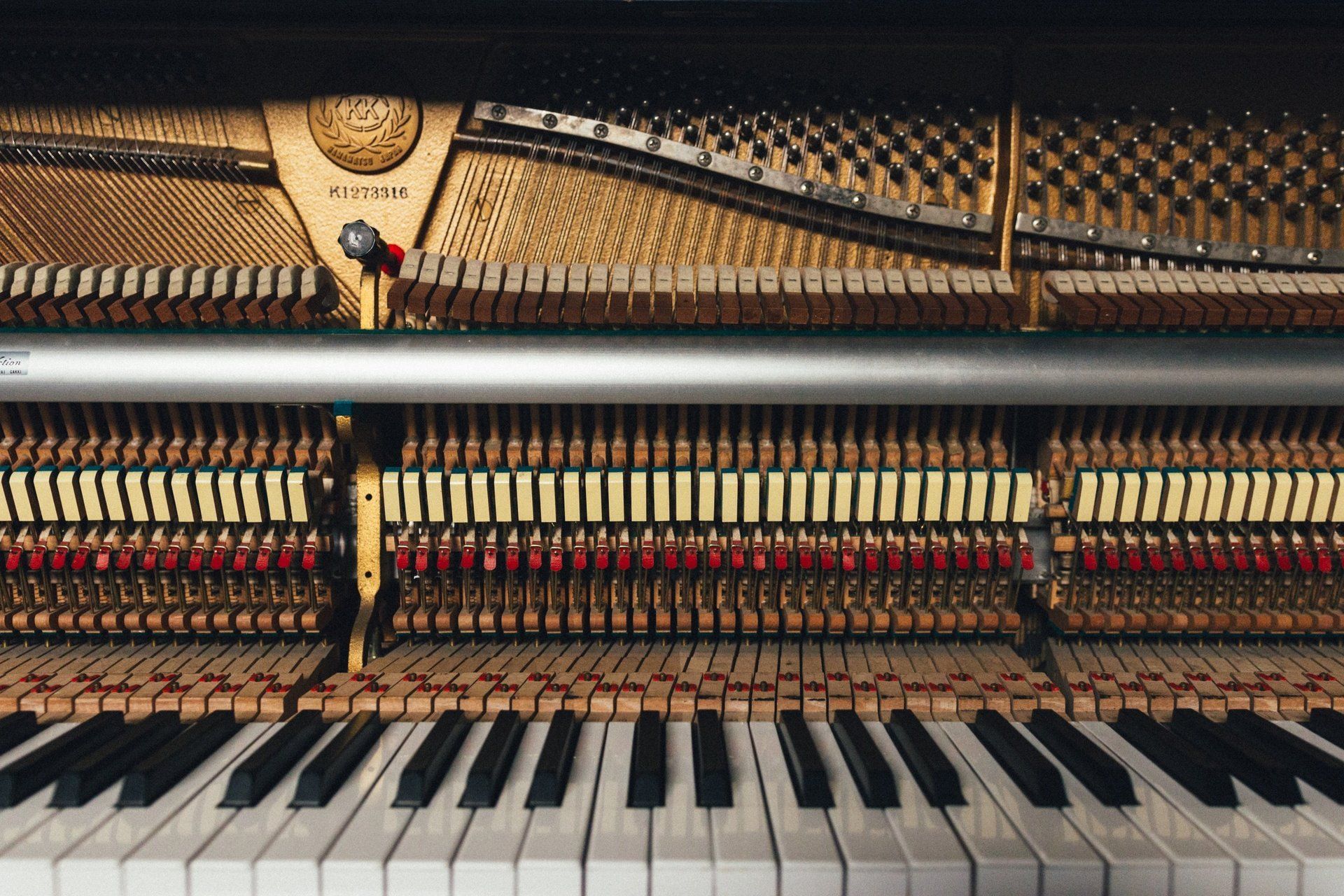
There are plenty of ways to keep our keyboards in good shape, but normal wear and tear will take an inevitable toll; in order to properly maintain your instrument, a maintenance professional is vital. While pianos should be tuned at least once a year, there is likely to be other cause to call for professional help.
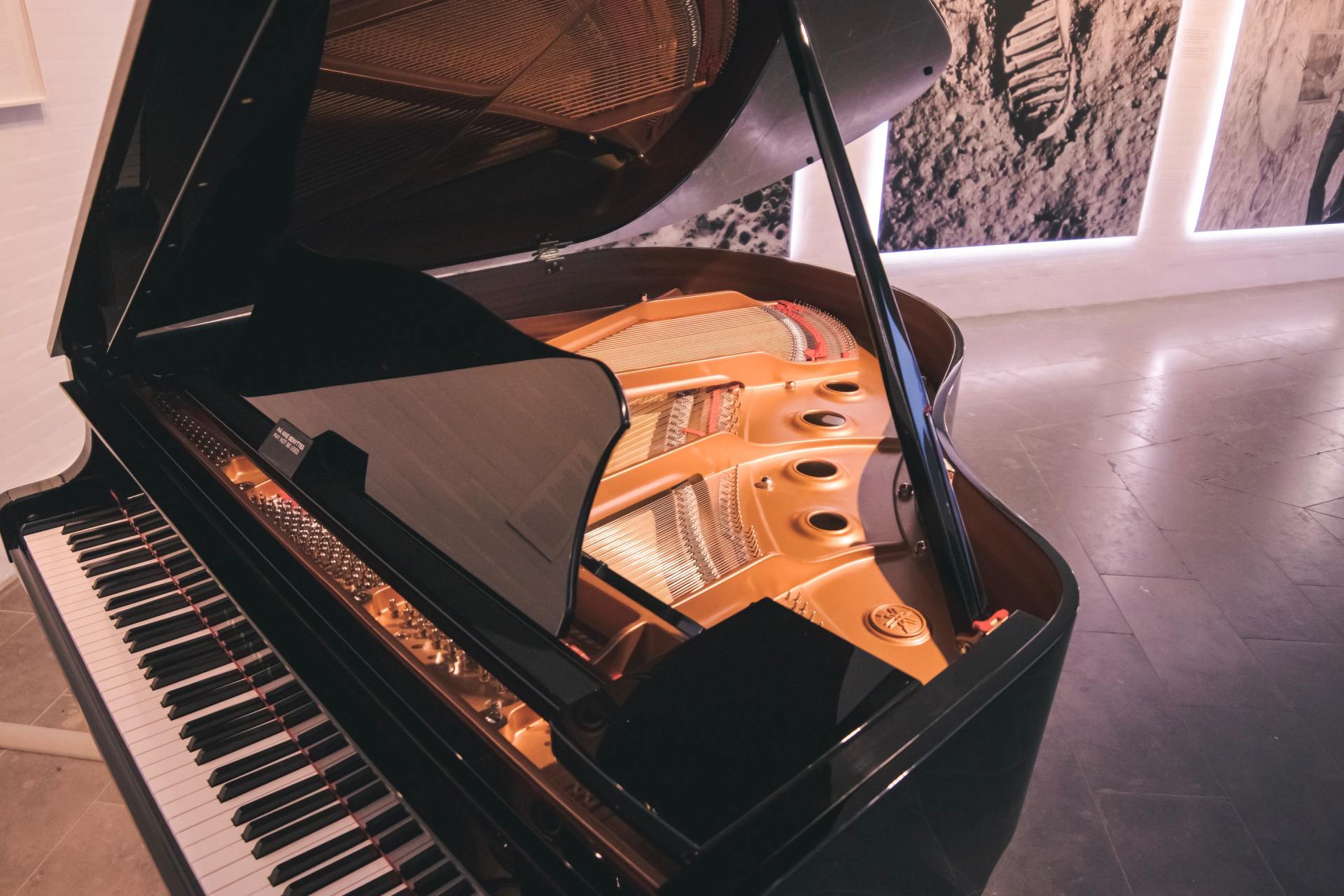
Why Does My Piano Go Out of Tune? Piano strings are under a great deal of tension, which is supported by the frame, plate, pinblock, tuning pins, bridges and soundboard. Anything which effects the position of these parts will cause a change in the tension and make the piano go out of tune. Why Do My Keys Stay Down? Push down on he back end of the key, near the capstan. If both ends of the key go down at once the key is broken. If the back end of the key will not go down, a foreign object, like a crayon has fallen under it. If the back-end of the key goes down and the front comes up, determine if the key or action is sticking. Hold the key down in the back with one hand, raise the whippen with the other hand and release the whippen. If the whippen drops to its resting position properly the key is stuck. If the whippen stays up the trouble is in the action. If the front of a white key binds on the keyslip, remove the keyslip and insert shims made of paper or business card stock in the appropriate places so that the shims will hold the keyslip away from the front end of the keys. Why are My Keys Sluggish? If the piano key plays the action properly, but is slow in coming back up, remove the key and ease both the front & balance rail bushings, or sand spots which bind to the adjacent key. What Should I do About Broken Hammer Shanks? Hammers usually break in the middle. To repair, first remove the butt or flange in a grand piano, in an upright piano use a flange screwdriver. Remember, do not apply excessive pressure to the jack. Apply glue, align the parts and press them together. Remove excessive glue and wrap the joint with heavy thread. The thread may be removed and the shank sanded and cleaned after the glue has dried.

